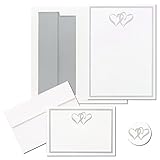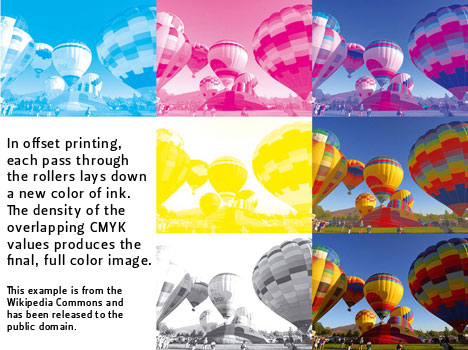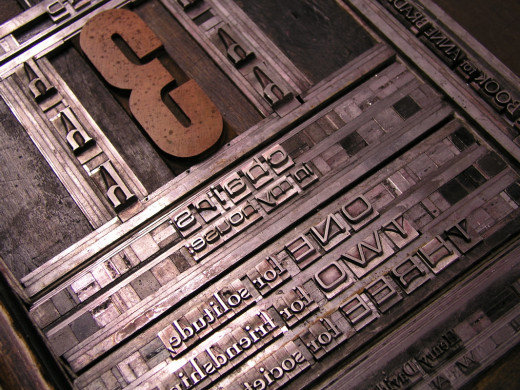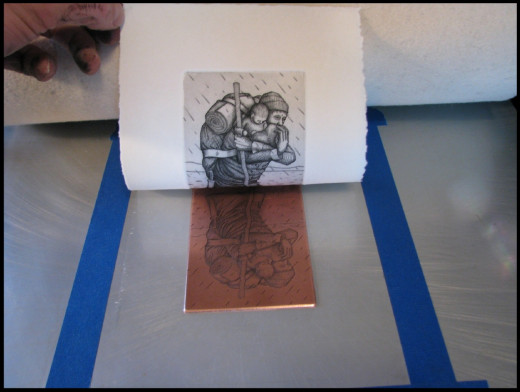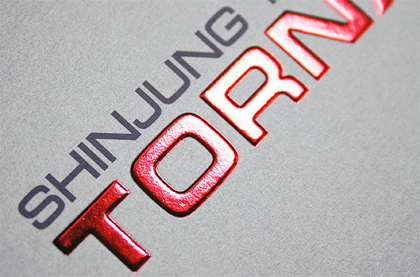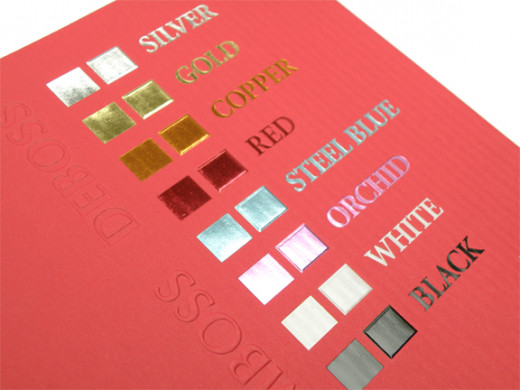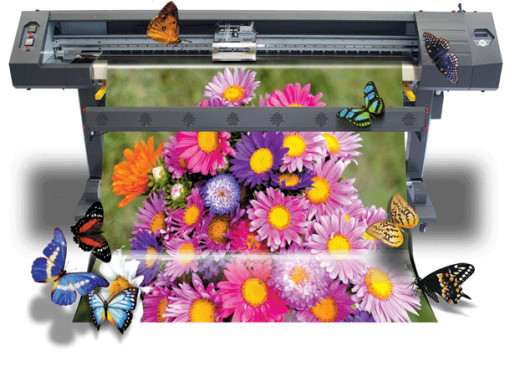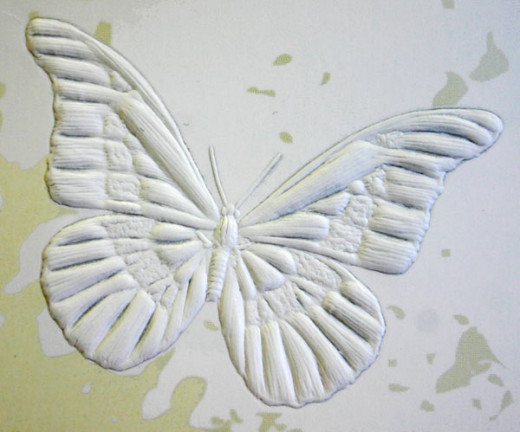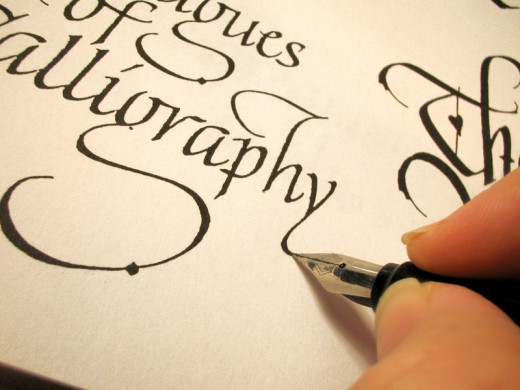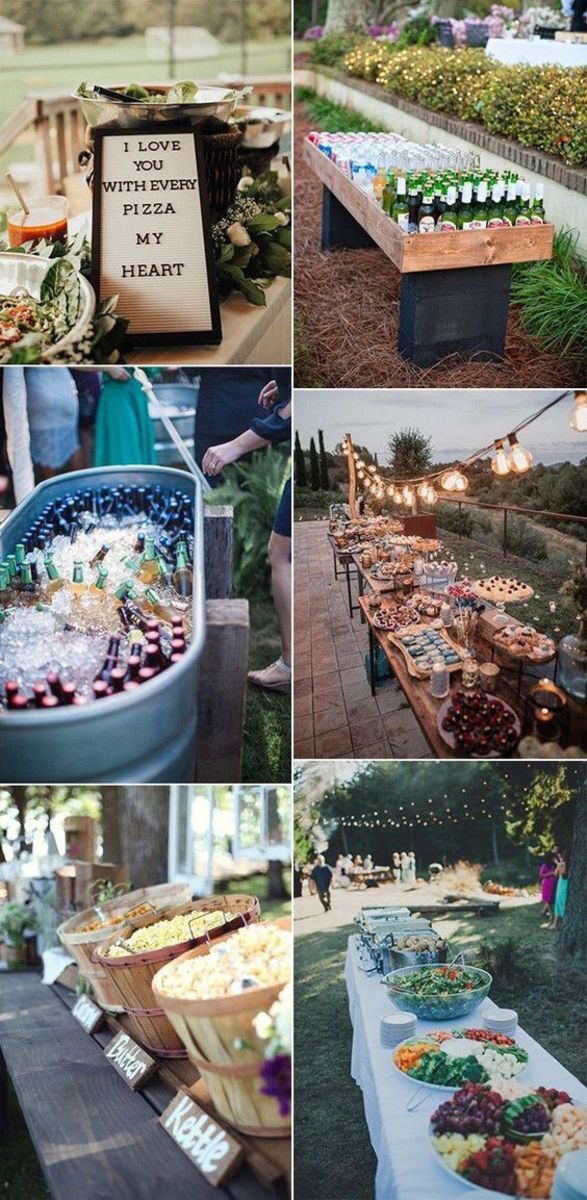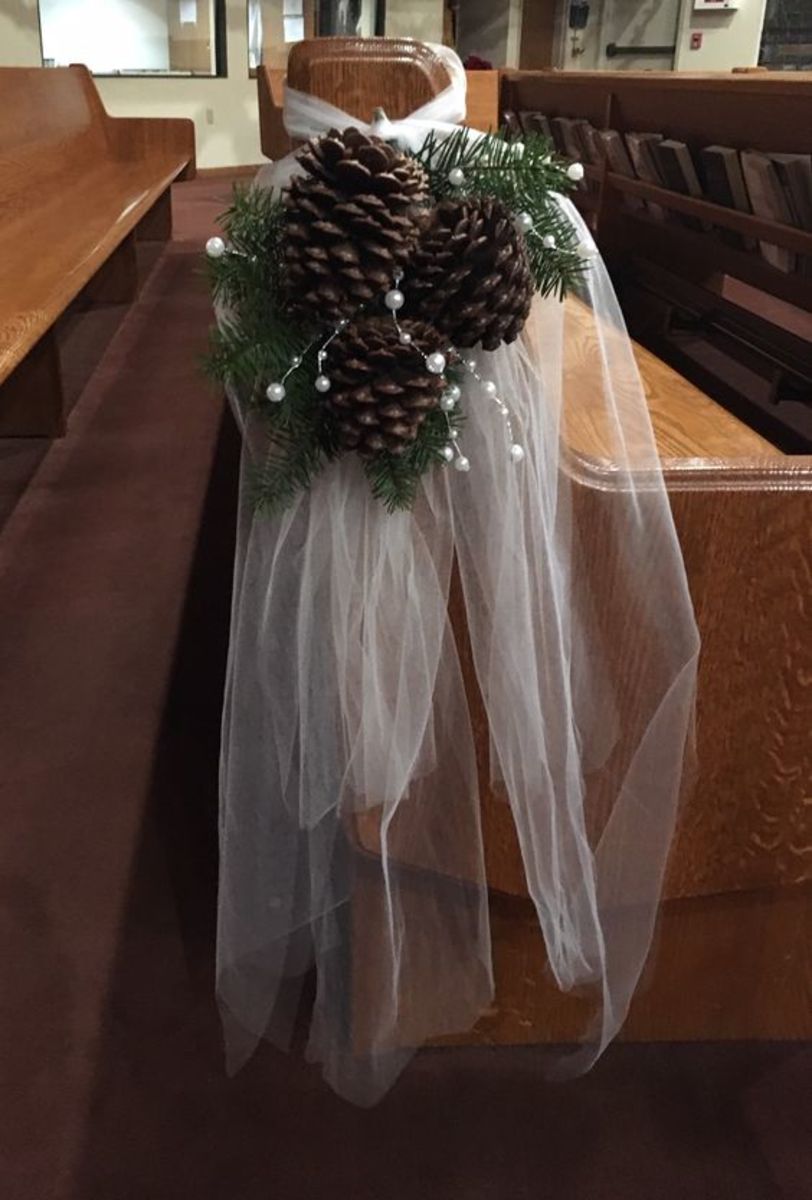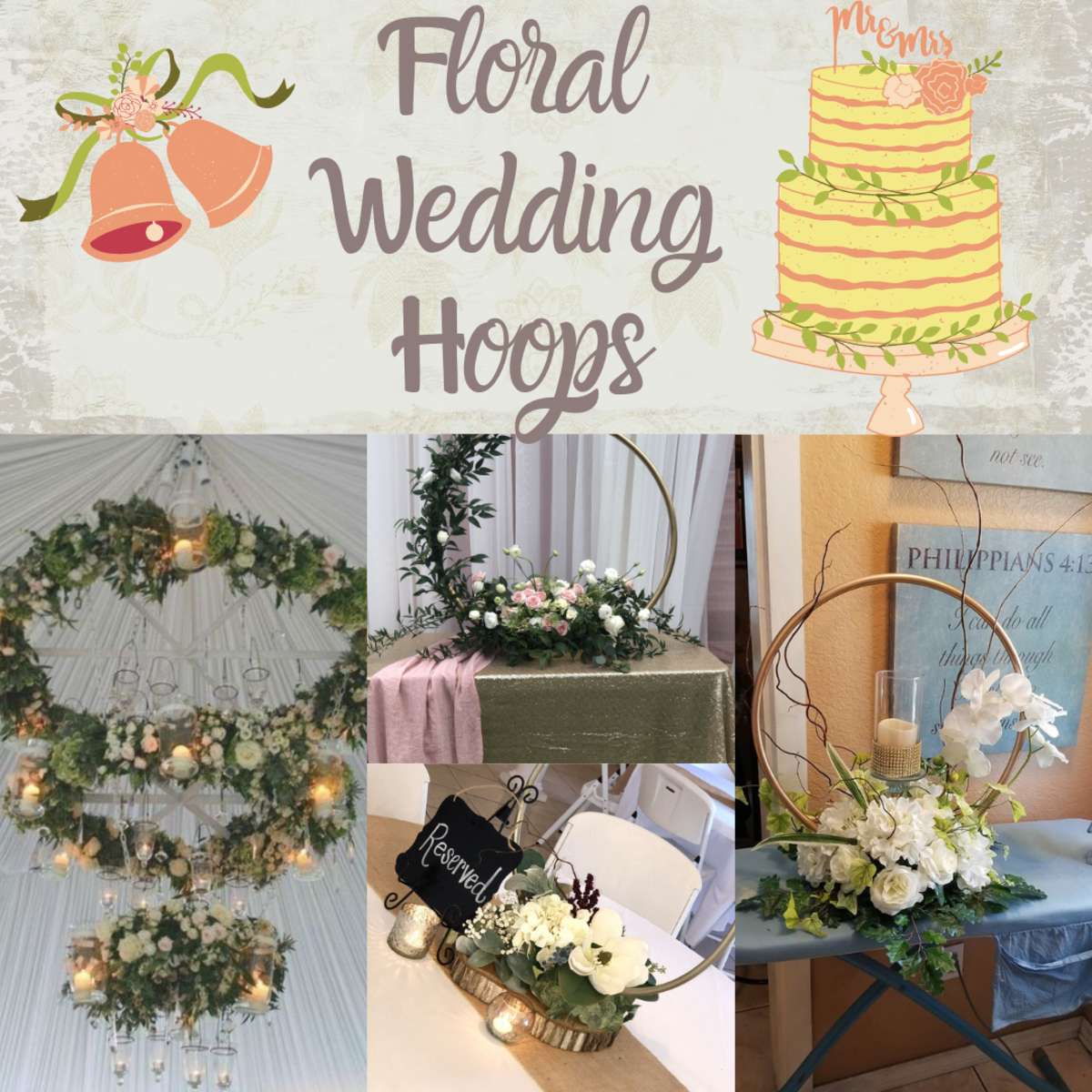Wedding invitations – tips on how to create your perfect invitation - Part II.

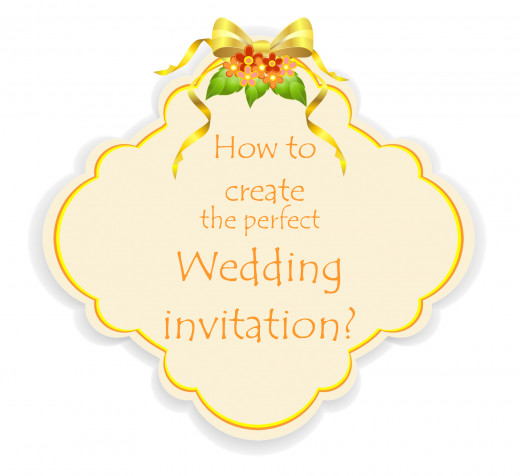
Here comes what I promised!
As I promised, here you can find my next hub on how to create your perfect wedding invitation – a hub about stationery papers and printing techniques!
Since my last hub in July, I got married – as many of you probably know this from my hub about how I got to know Daniel, my better half. I am incredibly happy and totally in love – the wedding was perfect, everything worked out as we planned and dreamed of. Now I will try to continue to share my ideas on the wedding topic with you – keep on reading if you are interested!

Types of papers exposed
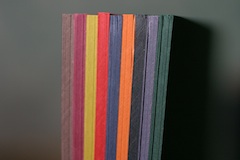
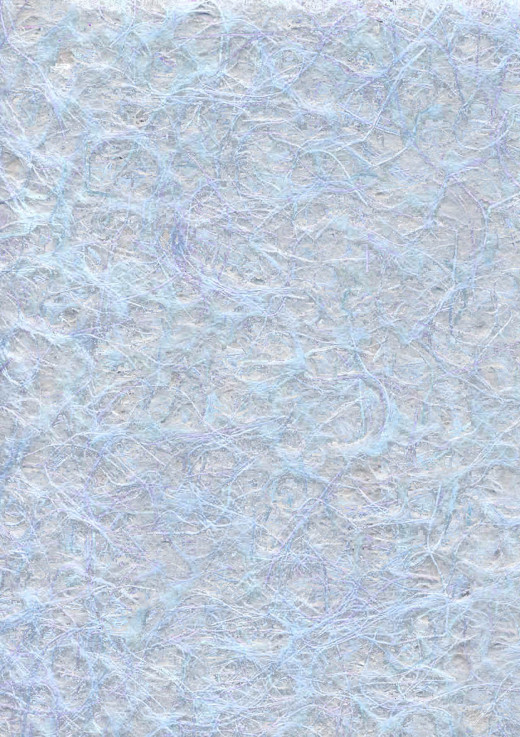
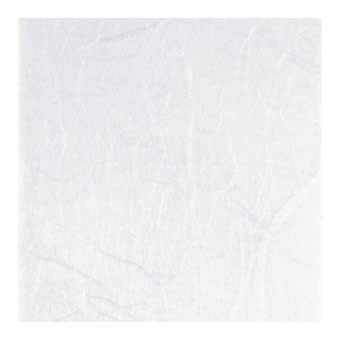
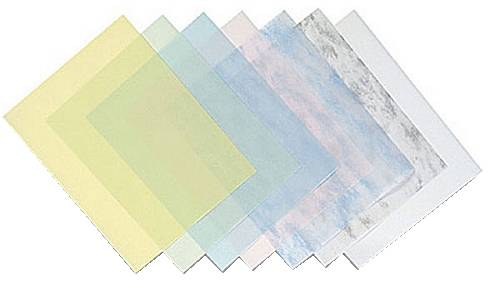
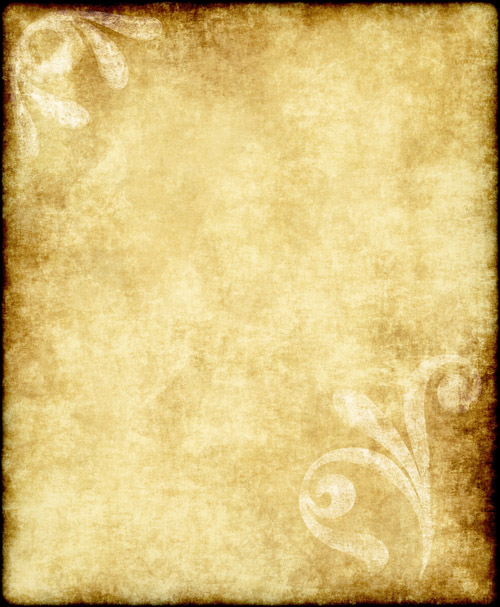
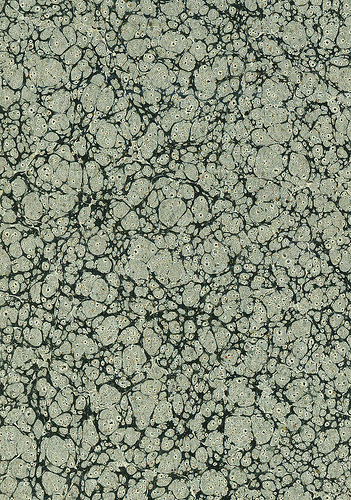
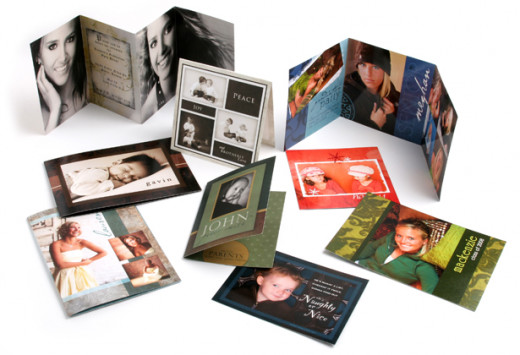
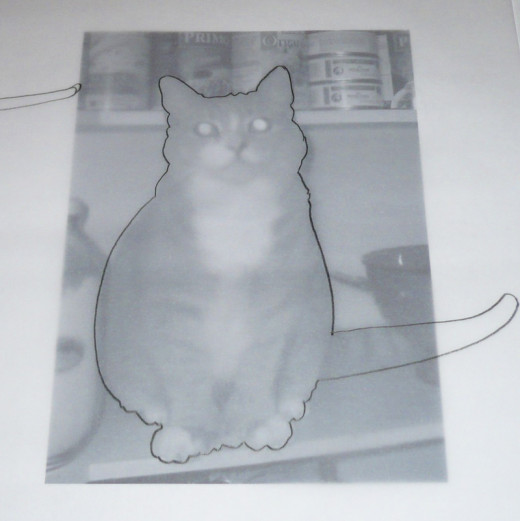

9 types of the best stationery papers
Probably you will have a basic idea about what paper you would like to use for your wedding invitation by the time you laid out its outlook. Some kind of invitations look good on all kind of papers, but some are carving for special kinds of paper. All in all, knowing all the types of paper available for your invitation will help you to make sure you are about to choose the ideal one. No matter if you are using the services of a company or doing the invitations yourself: always do a test page to see how your invitation will look like on the selected type of paper as the one in your hands can very much differ from the one you see on a picture on the internet! All in all, here we go with the available types of papers:
- Heavy card stock – for a traditional and simple wedding invitation feel free to use any kind of solid-coloured paper, but do not forget to reflect to the main colour of your wedding with the colour of the paper chosen. Pale colours like white, cream or ivory come in handy if you are unsure of the main colour yet.
- Natural fibres – there are loads of papers available that are made from natural fibres such as wood pulps, cotton, wool, straw grass and hemp fibres or linen. These types of papers are relatively cheap but the fibres in the paper can make the printing process hard for inexperienced people and usually only look good with simple and clear invitation texts. The same applies to ‘green’, recycled papers as they use to have a more rugged, irregular, grainy surface.
- Rice paper – although this paper could easily fit into the previous category I decided to separate it from the others as this paper is very thin and airy, that represents elegance and serious commitment. The paper itself is not technically made from rice, but it consists of the pith of a small tree, the rice paper plant. The paper itself is very strong and smooth, but you may encounter some difficulties if you try to write on it with simple ink. If you choose this type of paper, you are advised to print on it with professional help.
- Vellum – this is my favourite as this type shows true elegance and sophistication. This paper has a translucent and yet frosty appearance, while being smooth and airy. You can find it in many colours, even in metallic or pearly variations. You can combine this type with a normal, heavy card stock by placing the layer of vellum paper over the top of a plain paper and by tying the two layers together with a small ribbon.
- Parchment paper – if you are planning a traditional, clear and ‘simple’ wedding, this could be the right paper for you. This time do not think about the parchment paper used for baking – rather think about an airy and a bit frosty kind of paper that represents the beauty of old, scholar times. With a simple and clear message this paper type can be very charming with a royal outlook.
- Marbled paper – a kind of paper that makes it similar to smooth marble or other stone. This is often used in bookbinding as it has a charming and elegant outlook, and nowadays it is getting more popular as a wedding invitation paper as well – you can reach the best results if you use calligraphy on this type.
- Photo cards – have your favourite engagement photograph printed on this special kind of card and include the most important details of the wedding on the photo. This type of invitation usually creates a less serious outlook – so use this if you want to organise a small and youthful wedding.
- Tracing paper – similar to vellum, this type is an airy and opaque, translucent paper. You can find it in many colours, so feel free to use it as the top layer of your heavy card stock invitation. Embossing looks incredibly good on this kind of paper.
- Patterned papers – all kinds of stationery papers that have images, patterns and designs printed on them. This type of paper usually creates a youthful and less ‘serious’ outlook, so use it when you will have an ‘unusual’ and smaller wedding. Be warned though that too much information will make this kind of invitation look crowded.
No matter which type you choose, but always keep in mind that the invitation has to represent the main theme of your upcoming wedding and moreover: you and your other half, so pay loads of attention to the details and do not make a hasty decision.

Wedding invitations on Amazon

Find out which technique you like the best
Click thumbnail to view full-size







8 types of printing techniques
According to your planned budget, you can choose from loads of popular printing techniques available. Some of these are more expensive than the others and usually look good on a few types of paper only, so as I advised before, make sure you make/ask for a test page about your invitation before printing all! In the following, you can read about the most popular printing techniques:
- Offset printing/lithography– it is the regular, flat printing technique, this is the most inexpensive and probably the fastest way to create your invitations. Most commonly used for textured papers and for papers that cannot be printed with techniques like thermography. This is the most flexible printing method.
- Letterpress – a very trendy printing method that gives a slightly rustic look to your invitation. In this method a reversed and raised surface is inked and then literally pressed into a sheet of paper, it is like a huge stamp. Looks best on papers like parchment paper and papers with natural fibres. This is an expensive method and printing will get more expensive if you want to use more than one colour on your invitation.
- Engraving – this is the most expensive printing technique of this list, a very elegant and formal style. This method creates raised lettering on the front and bruised on the back of invitations and can be used on any colour of paper. During this technique, a metal plate is engraved reversed with your invitation text and design, and is then inked. After this the paper is pressed into the plate that creates the grooves of the engraving. This method is the best with heavy papers and is usually the most time consuming printing method.
- Thermography – this technique gives the text a raised look like the previous engraving, but this method is much cheaper. During the printing, a special powder is sprinkled on the wet ink that later creates the raised texture. Most people usually can’t see the difference between engraved and thermographed printing (this latter is usually used on smooth paper only). This usually gives a traditional and elegant outlook for your invitation, and can be easily used on airy and lighter weight papers as well.
- Foil stamping – during this technique the text and design of the invitation is etched into a metal plate from a negative. The foil itself is applied to the paper and then the heated plate is stamped onto the foil, creating an adhere surface and the text pressed into the paper. This is an expensive method and can be used with heavy paper even with fibres.
- Digital printing – the most up-to-date method as high resolution and high quality pictures and texts can be created using the best printers that can produce colours that cover the entire rainbow spectrum without losing image quality. The print itself is a flat image and is best used on smooth and/or textured papers. This method is cheap and fast.
- Embossing – this is basically a 3-dimensional effect only, no ink is involved in this method as a metal plate etched with text or design is stamped into the paper creating an imprint of the pattern. This technique is only advised to emphasize something, such as monograms or borders of the invitation. This method takes more time and is an added cost to your invitations.
- Calligraphy – a slow and very expensive way to create your invitations, as this is a fancy handwritten method. Special inks and pens are used by a skilled calligrapher to perform this task. Nowadays even computerised calligraphy exists, but this is also a slightly expensive method for very formal and serious looking invitations.
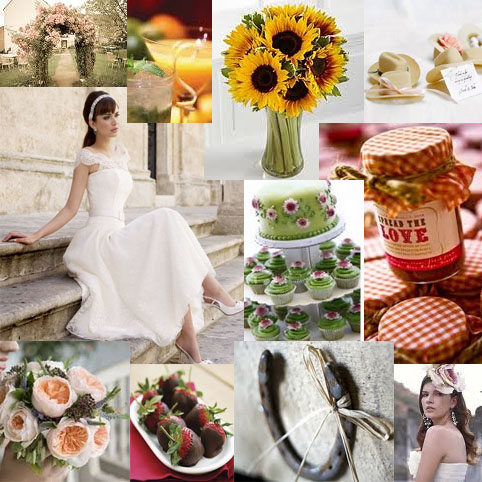


All in all
I hope you have found my hubs useful and that I was able to help you decide how to create your perfect invitation. Never forget: the invitation itself is one of the most important elements to create your perfect wedding!
The 4 most known printing techniques
Continue reading on the topic
In case you have missed Part I. of this topic, continue reading about the possible sizes and the best layouts of wedding invitations here.
What about you?
Do you think making your own wedding invitation is a good idea?

Share your ideas!
Please feel free to comment on this hub, your feedback is very much appreciated!
Or, if you feel that you can write fresh, new ideas about this or a similar topic, just join our community and start writing!
© Copyright 2012-2014, Zsofia Koszegi-Nagy (zsobig)

My related content on HubPages:
- DIY placement cards for your wedding – how to create professional quality
A complete guide on how to create beautiful placement cards for your own wedding - with pictures!


